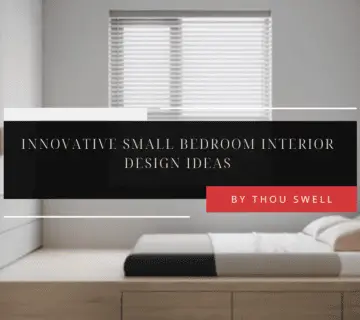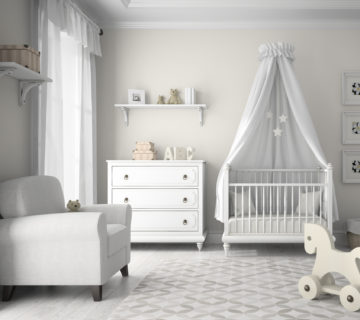Trending colors by year play a pivotal role in shaping the visual landscape of our environment, influencing everything from fashion runways to the walls of our living rooms. These colors, selected through a meticulous process by color experts and forecasters, reflect the prevailing mood, cultural shifts, and emerging technologies of the times.
In this article, we will dive into the meanings behind the top 11 trending colors of the last year, exploring how they’re determined and their psychological impact.
We’ll also look at the evolution of color trends over the past decade, offering insights into how societal events shape our color preferences. From fashion enthusiasts to design professionals, this exploration will shed light on the power of color in our lives and predict future trends.
Join us as we uncover the stories behind the vibrant world of trending colors, revealing how they can transform spaces, moods, and perspectives.
How Are Color Trends Determined?
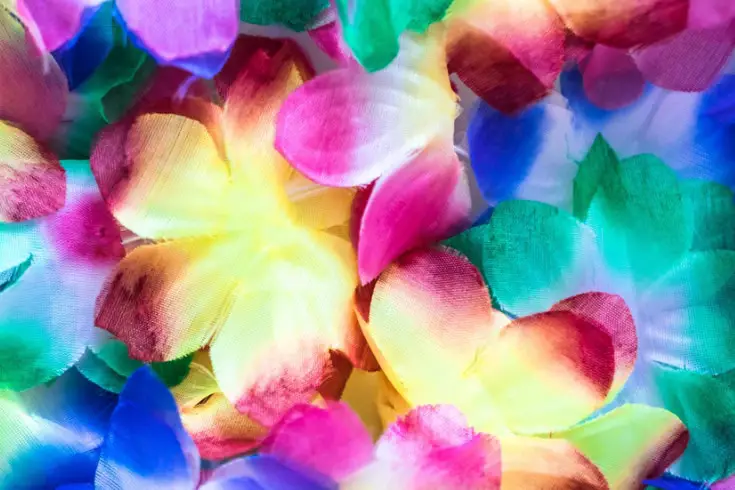
Color trends are determined through a fascinating blend of art, psychology, and science, with a dash of forecasting magic. Industry experts, including designers, color theorists, and market researchers, play a crucial role in this process. They scrutinize various fields—from fashion runways and home decor to technology and social media—to pick up on emerging hues that capture the spirit of the time.
For instance, Pantone, a global authority on color, annually declares a “Color of the Year” after extensive research and trend analysis. This decision is highly anticipated and influences product development across multiple industries.
Moreover, cultural shifts and global events significantly impact color trends. For example, times of economic uncertainty often see a rise in comforting, earthy tones, symbolizing stability and resilience. Conversely, periods of optimism might bring vibrant, energetic colors to the forefront, reflecting a collective desire for positivity and innovation.
An engaging instance of this was the selection of “Classic Blue” as Pantone’s Color of the Year for 2020. Described as a reassuring presence instilling calm, confidence, and connection, it was deemed reflective of the global zeitgeist’s need for stability amidst a tumultuous era.
Incorporating these trending colors into products and designs allows brands to resonate emotionally with consumers, making color trends a powerful tool for connection and expression.
What Were the Top Trending Colors by Year (2011 to 2023)?
Below is a compilation of the top trending Pantone Colors of the Year from 2011 to 2023, based on the selections made by the Pantone Color Institute. Each color reflects the cultural mood and design trends of its respective year, influencing fashion, interior design, product packaging, and graphic design worldwide.
2011: Honeysuckle (18-2120)
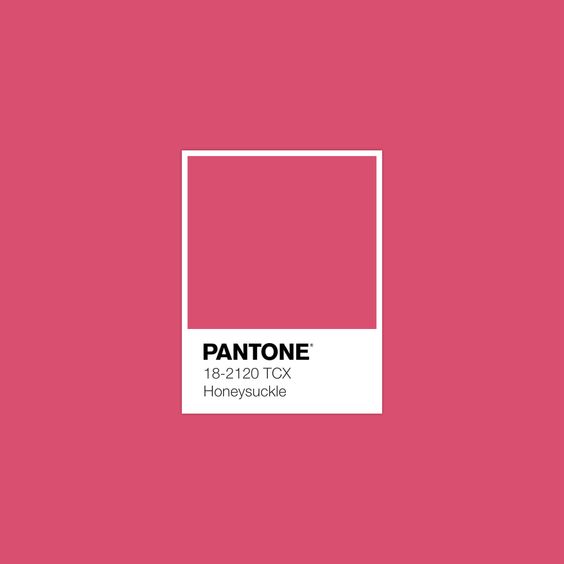
Honeysuckle is a dynamic, reddish-pink that’s energizing and bold. It was chosen for its ability to uplift spirits and impart confidence and courage, resonating with the need for positivity and encouragement in challenging times.
2012: Tangerine Tango (17-1463)

Tangerine Tango, a spirited reddish-orange, is celebrated for its vivacious and enticing hue. It symbolizes energy and encouragement, acting as an invigorating burst of adrenaline during times of societal change and exploration.
2013: Emerald (17-5641)
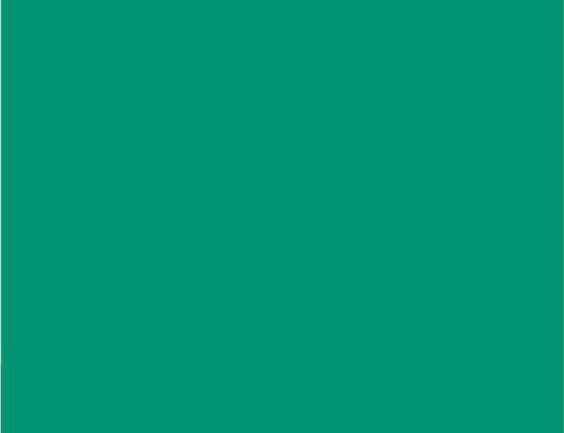
Emerald, a lively, radiant green, symbolizes growth, renewal, and prosperity. Embodying clarity, renewal, and rejuvenation, Emerald reflects a sense of sophistication and luxury in various design fields.
2014: Radiant Orchid (18-3224)
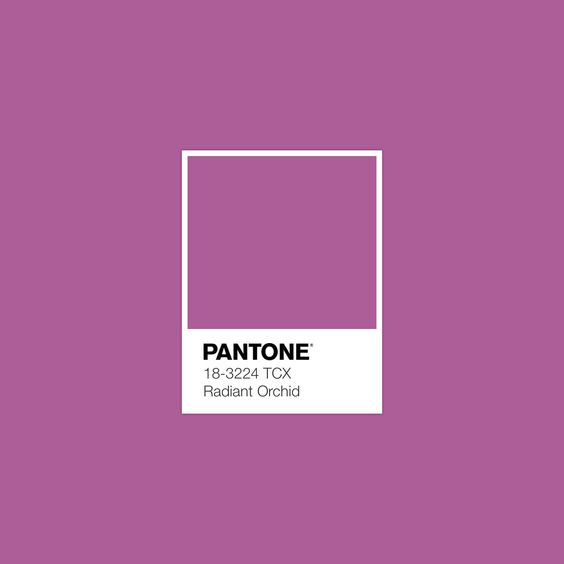
Radiant Orchid, a captivating harmony of fuchsia, purple, and pink undertones, encourages creativity and originality. This enchanting color sparks the imagination and stands out for its uniqueness and versatility in design applications.
2015: Marsala (18-1438)
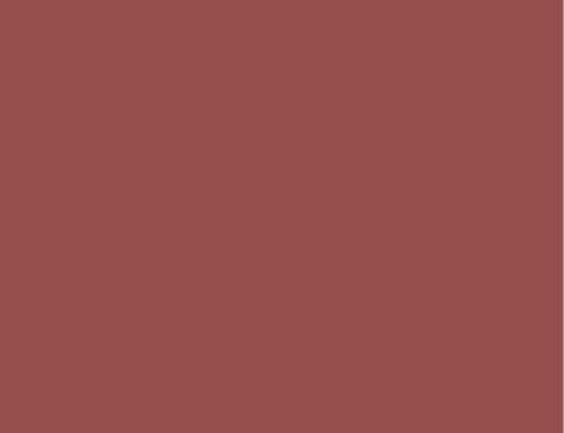
Marsala, a robust and earthy wine red, conveys sophistication and natural earthiness. Its rich, grounding red-brown tones resonate across fashion, beauty, interior design, and graphic design for their warmth and richness.
2016: Rose Quartz (13-1520) & Serenity (15-3919)
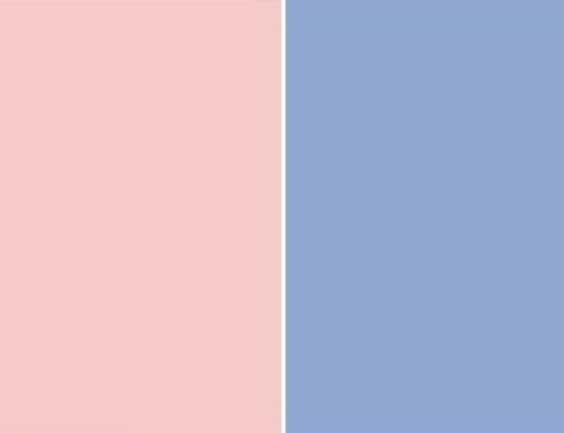
For the first time, two colors were chosen: Rose Quartz, a gentle and persuasive tone that conveys compassion and a sense of composure, and Serenity, a weightless and airy blue that offers respite and relaxation in turbulent times. Together, they symbolize balance and well-being.
2017: Greenery (15-0343)
Greenery, a fresh and zesty yellow-green, symbolizes new beginnings. Reflecting the global cultural climate’s shift toward revitalization, Greenery inspires individuals to take a deep breath, oxygenate, and reinvigorate.
2018: Ultra Violet (18-3838)
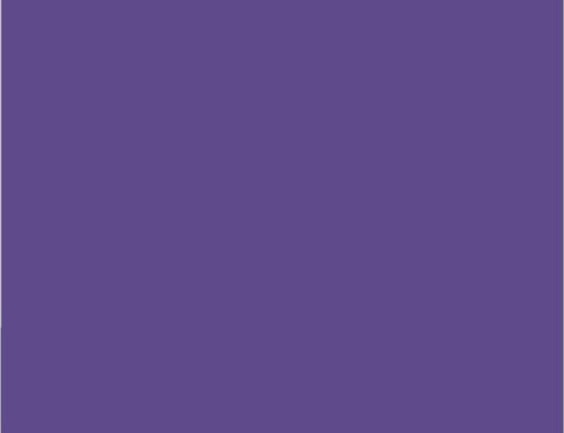
Ultra Violet, a dramatically provocative and thoughtful purple shade, suggests the mysteries of the cosmos, the intrigue of what lies ahead, and the discoveries beyond where we are now. It pushes the boundaries of creativity and exploration.
2019: Living Coral (16-1546)
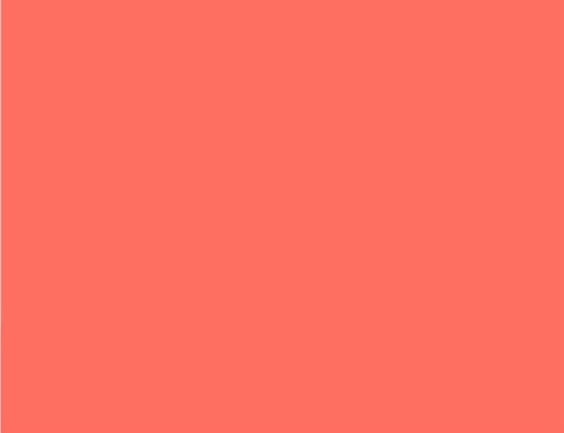
Living Coral, an animating and life-affirming coral hue with a golden undertone, symbolizes our innate need for optimism and joyful pursuits. It epitomizes the fusion of modern life, embodying the desire for playful expression.
2020: Classic Blue (19-4052)
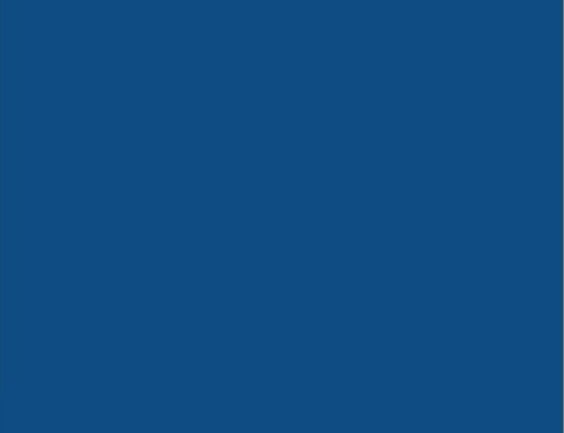
Classic Blue, a timeless and enduring blue hue, is elegant in its simplicity. Suggesting reliability and constancy, it brings a sense of peace and tranquility to the human spirit and offers refuge.
2021: Ultimate Gray and Illuminating
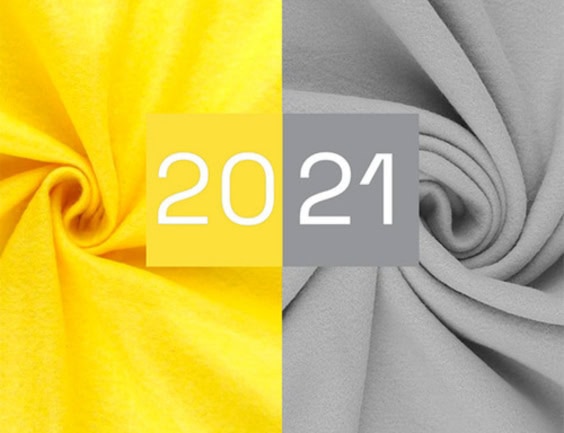
Pantone broke tradition by selecting two colors for 2021: Ultimate Gray and Illuminating (a bright yellow). This combination represents strength, positivity, and resilience during uncertain times. Ultimate Gray evokes feelings of steadiness and reliability, while Illuminating offers hope and optimism, perfectly capturing the global mood of the year.
2022: Very Peri
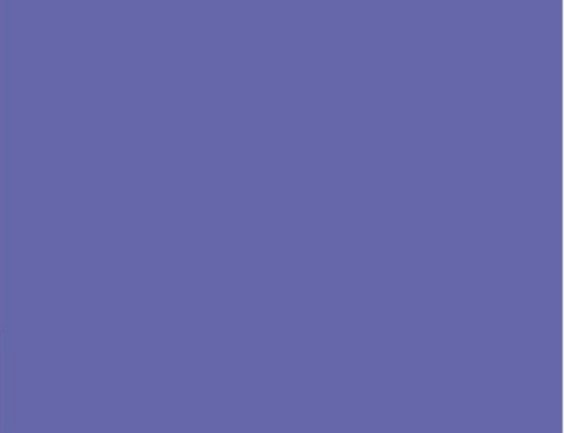
For 2022, Pantone introduced Very Peri, a dynamic periwinkle blue with a vivifying violet-red undertone. This new Pantone color symbolizes the world’s transition. Very Peri embodies the creativity and imaginative expression that emerge from the global context of change, blending the faithfulness and constancy of blue with the energy and excitement of red.
2023: Viva Magenta
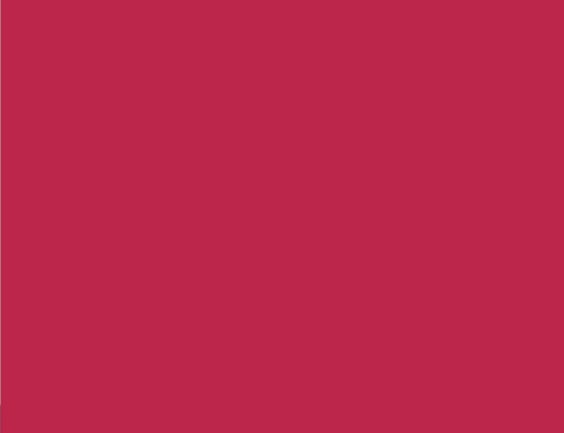
Viva Magenta has been announced as the color of the year for 2023 by Pantone. This shade is a bold, saturated hue that balances between red and pink. Viva Magenta is vibrant and empowering, conveying courage and a sense of fearless optimism. It’s a color that stands out for its warmth and depth, aiming to inspire experimentation and self-expression.
Forecast for 2024
Looking ahead to 2024, while specific colors have not yet been officially declared, we can anticipate a continued trend towards colors that offer comfort, stability, and joy, possibly with a resurgence in nature-inspired greens and blues, signaling a return to calm, grounding influences.
Additionally, we might see a rise in bright, optimistic colors that energize and encourage creative expression, reflecting the global desire for recovery, growth, and a brighter future.
These colors, year by year, have not only set the tone for design and fashion trends but also reflected the collective mood of society, highlighting the global zeitgeist’s evolution over the decade.
Why Do Certain Colors Trend?
Certain colors trend due to a complex interplay of cultural shifts, psychological states, and industry influences. Colors bear the unique ability to reflect and influence the mood and zeitgeist of society at any given time. Here’s how these factors converge to set color trends:
- Cultural shifts: Global events, social movements, and prevailing attitudes can significantly impact color preferences. For instance, during times of economic uncertainty or environmental crises, there might be a lean toward earthy, comforting tones that provide a sense of stability and reconnect us with nature. Conversely, periods of optimism and growth may see a surge in vibrant, energetic colors that symbolize innovation and progress.
- Psychological influences: Colors evoke different emotions and responses. Marketers and designers tap into color psychology to resonate with their audience’s current emotional states or aspirations. For example, a trend toward blue shades might reflect a collective desire for calm and reliability, whereas an uptick in warm oranges and reds could indicate a search for warmth and excitement.
- Industry impact: The fashion, design, and technology sectors play a pivotal role in driving color trends. Influential platforms and events, such as Fashion Week, tech product launches, and interior design showcases, highlight innovative uses of color that can quickly catch on globally. Additionally, color forecasting agencies like Pantone announce a “Color of the Year,” which heavily influences product development and marketing strategies across industries.
- Art and media: The creative use of color in art, movies, and digital media can also set new trends. A blockbuster movie or viral social media campaign can propel a particular color or palette to popularity almost overnight.
- Technological advancements: New technologies in materials and manufacturing can lead to the development of novel colors and textures, influencing color trends. For example, the automotive industry’s exploration of iridescent paints or fashion’s use of sustainable dyes can introduce new favorites into the market.
In short, color trends are a reflection of our collective experiences, emotions, and the ongoing dialogue between society and the industries that color our world. They tell the story of where we’ve been and where we’re headed, making them a fascinating aspect of cultural analysis.
How to Incorporate Trending Colors in Your Home
Incorporating trending colors into your home’s interior design can refresh your space, reflecting your personality while staying on top of current styles. Here are practical and stylish ways to weave these hues into your living environment:
Start with Accent Pieces
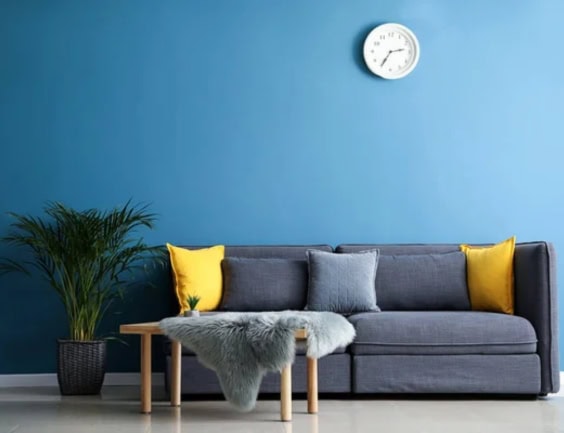
An easy and non-committal way to introduce trending colors is through accent pieces. Think throw pillows, blankets, decorative vases, or artwork that can easily be swapped out. These small changes can make a significant impact, adding a burst of contemporaneity to your rooms.
Paint an Accent Wall
Painting a single wall in a trending color can transform the mood of a room without overwhelming the space. An accent wall serves as a focal point and can redefine your room’s atmosphere, offering a fresh backdrop for your furnishings.
Incorporate Area Rugs or Curtains
Area rugs and curtains in trending colors can introduce a new palette without a permanent commitment. They add warmth and texture, enriching the overall ambiance with their colors and patterns that can tie a room’s look together.
Update Your Upholstery
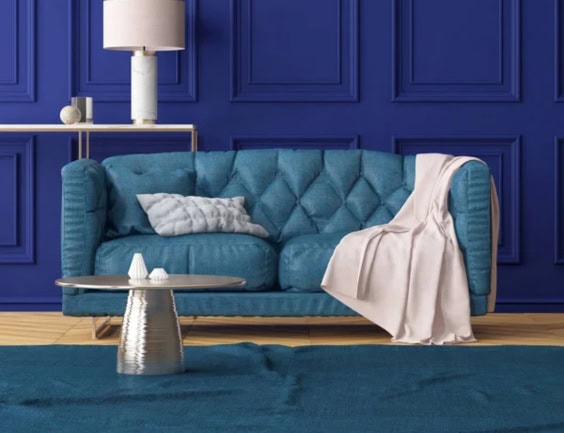
For a bolder change, reupholstering a piece of furniture in a trending color can breathe new life into it. Whether it’s a statement armchair or sofa cushions, these updates can center a room around the new color trend elegantly.
Use Wallpapers
Modern wallpapers offer a range of textures, patterns, and hues in the latest colors. A feature wall with wallpaper in a trending color adds dynamic visual interest and can easily be updated as trends evolve.
Refresh Your Kitchen and Bathroom
Small-scale renovations like changing cabinet hardware, light fixtures, or even faucet finishes in kitchen and bathroom spaces can reflect the latest color trends. These areas benefit significantly from pops of color, enhancing the overall aesthetic with minimal effort.
Focus on Art and Decor
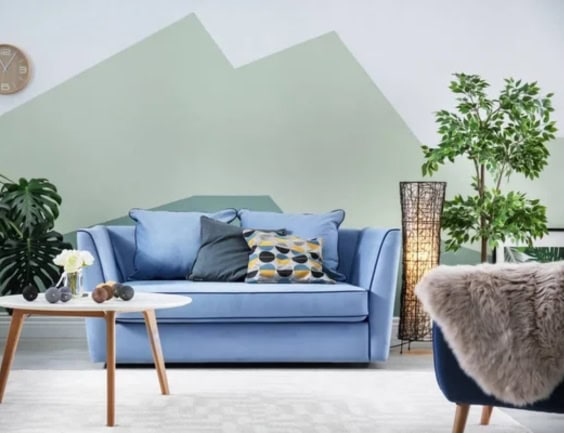
Selecting art pieces or decor items that incorporate trending colors can add a sophisticated touch. These elements can serve as conversation starters, embodying the latest color trends in a subtle yet impactful way.
Don’t Forget the Exterior
Trending colors aren’t just for interiors; incorporating them into your home’s exterior—be it through front door paint, outdoor furniture, or planters—can elevate your curb appeal, making your home stand out.
Balance with Neutrals
When integrating bold, trending colors, balance them with neutral tones in your space. This approach ensures that the colors enhance rather than dominate, creating a harmonious interior that feels both modern and timeless.
Reflect Personal Style
Most importantly, any trending color should resonate with your personal style and complement your home’s character. Use trends as a guide rather than a rulebook, ensuring your space feels like a reflection of you.
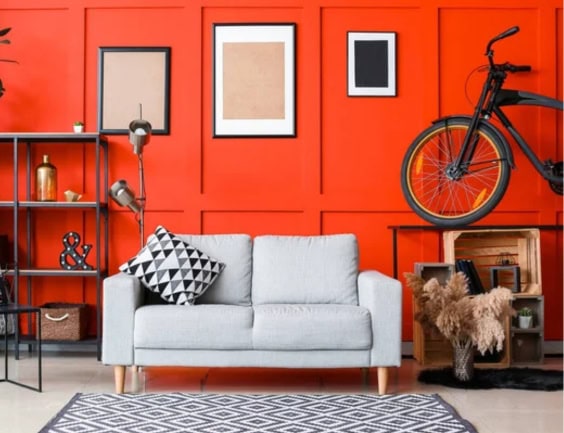
Incorporating trending colors in interior design allows for creativity and personal expression, ensuring your home feels current yet timeless. With thoughtful consideration, these trends can add vibrancy and depth, enhancing the beauty and comfort of your living spaces.
What Are the Trending Colors for 2024?
Based on prevailing movements in design, fashion, technology, and global cultural shifts, we can speculate on the types of colors that might become prominent. Here are a few themes and color predictions that align with these emerging trends:
- Nature-Inspired Tones: As environmental concerns continue to gain importance, colors that reflect the natural world are likely to trend. Expect to see a range of greens, from soft sage to vibrant emerald, alongside earthy tones like terracotta, sand, and warm browns. These colors emphasize sustainability and our connection to the earth, resonating with the growing movement towards eco-conscious living and biophilic design.
- Soothing Pastels: The need for calm and tranquility in our fast-paced, technology-driven lives could see a rise in soothing pastels. Lavender, soft peach, pale blue, and mint green might become popular for their ability to create serene and restful environments. These hues work well in spaces designed for relaxation and mental wellness.
- Vibrant and Energetic Hues: On the flip side, as people seek ways to express individuality and optimism, vibrant and energetic hues could make a bold statement. Electric blue, vivid coral, and bright yellow might come to the fore, offering a dynamic and uplifting palette that injects joy and creativity into spaces.
- Rich Jewel Tones: Jewel tones like deep sapphire, ruby red, and amethyst bring richness and luxury to spaces, suggesting that opulence and maximalism might return to favor. These saturated colors pair well with metallic accents and can create sophisticated, dramatic interiors.
- Neo-Neutrals: The concept of neutrals might evolve beyond the classic whites, beiges, and grays to include muted versions of colors. Think desaturated teal, soft mustard, or dusty rose, serving as new, complex neutrals that add depth and interest to minimalist designs.
- Digital and Futuristic Colors: As digital reality becomes further integrated into our lives, we might see an influence on color trends from the digital realm. Holographic finishes, metallic shades, and vibrant purples that evoke a sense of the futuristic and the fantastical could trend, reflecting our fascination with technology and space exploration.
While these predictions take into account current and emerging trends, the official announcement of the trending colors for 2024 by authoritative bodies like the Pantone Color Institute will provide definitive guidance. Regardless, these speculative directions offer exciting possibilities for integrating new hues into design, fashion, and branding projects.
Conclusion
Understanding trending colors by year offers insights into the cultural zeitgeist and emerging design preferences. From the vibrant Illuminating Yellow symbolizing hope to the grounding Ultimate Gray offering stability, each color reflects our collective experiences and moods.
This article has explored how these trends are determined, their significance, and ways to incorporate them into various aspects of our lives. As we anticipate the future’s palette, remember, these trends not only decorate but also narrate our shared journey.
Ready to refresh your world with the latest hues? Start exploring and integrating these trendsetting colors into your life today.

